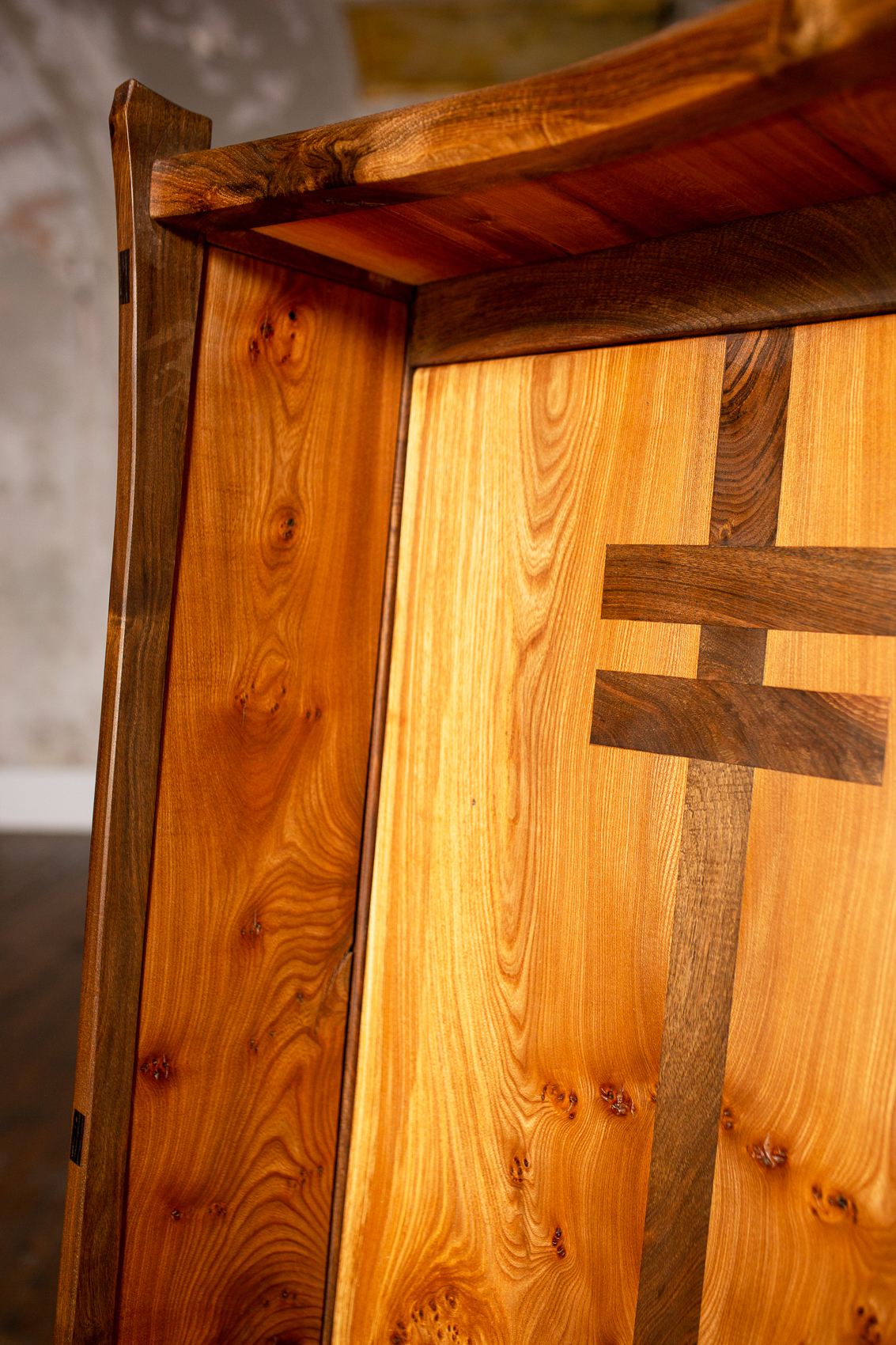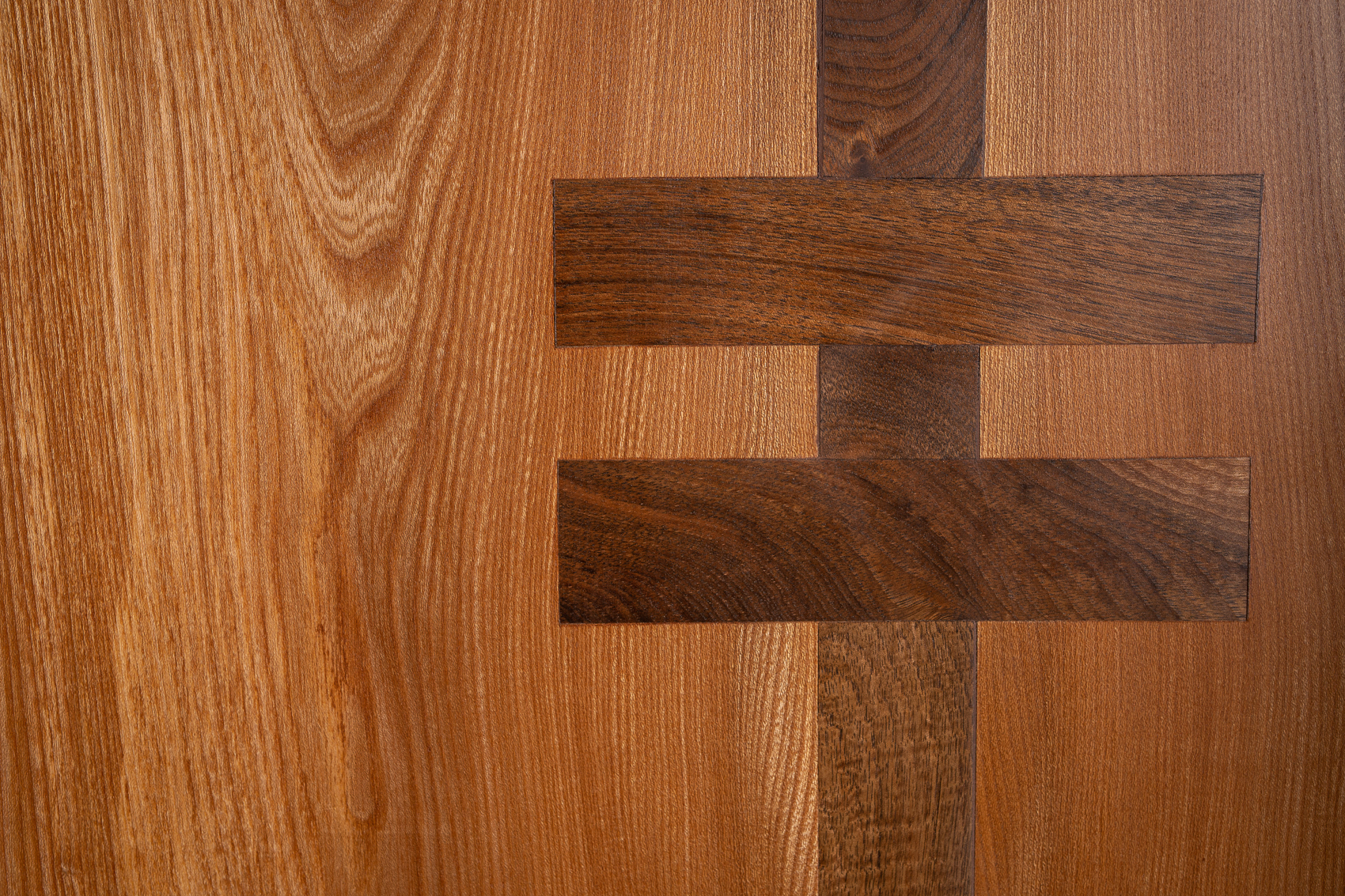A refuge from the news of the day and a space to coorie up with a blanket, a book and your thoughts.
Materials: Donside Wych Elm, Hopetoun House Walnut
Piece: Carver Chair
Commission: Private
Photography: Tina Sorensen, Tom Addy
Made for “Adjust/Adapt” — a joint show from The Scottish Furniture Makers Association and Visual Arts Scotland held in Spring 2021. The show’s brief was to look at the furniture maker's response to the COVID-19 pandemic through design, materiality and process.
As with much of our furniture, the design of the Isolation Chair is not new, but a remake of a 19th century piece of Scottish vernacular furniture found in the Highlands and Islands of Scotland. The hooded armchair was the furniture makers response to an interior environment prone to draughts and smoky atmospheres found throughout the thatched blackhouses and crofts of pre-industrial rural Scotland — its boarded sides and top cocooning the sitter and providing some respite from the damp, cold and fog of the fire.
Our modern homes are now free from the unpleasant conditions of 19th century croft life, but with the COVID-19 pandemic we find ourselves with a new set of conditions from which to cocoon and seek respite.
Whilst the isolation chair will provide no clinical isolation from the threats of the virus, it will offer the user a refuge from the news of the day and provide a space to coorie up with a blanket and read a book, or just sit and reflect.
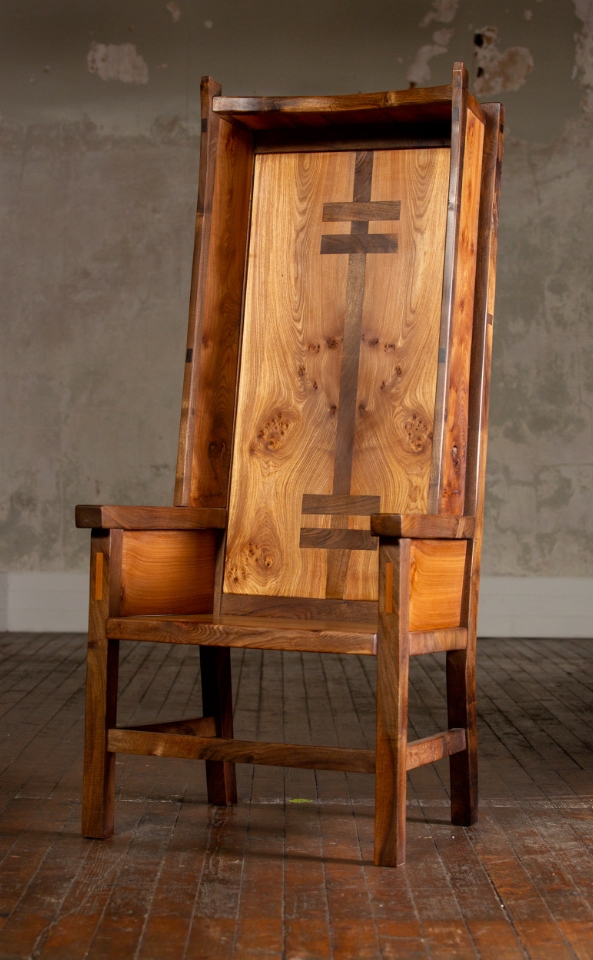
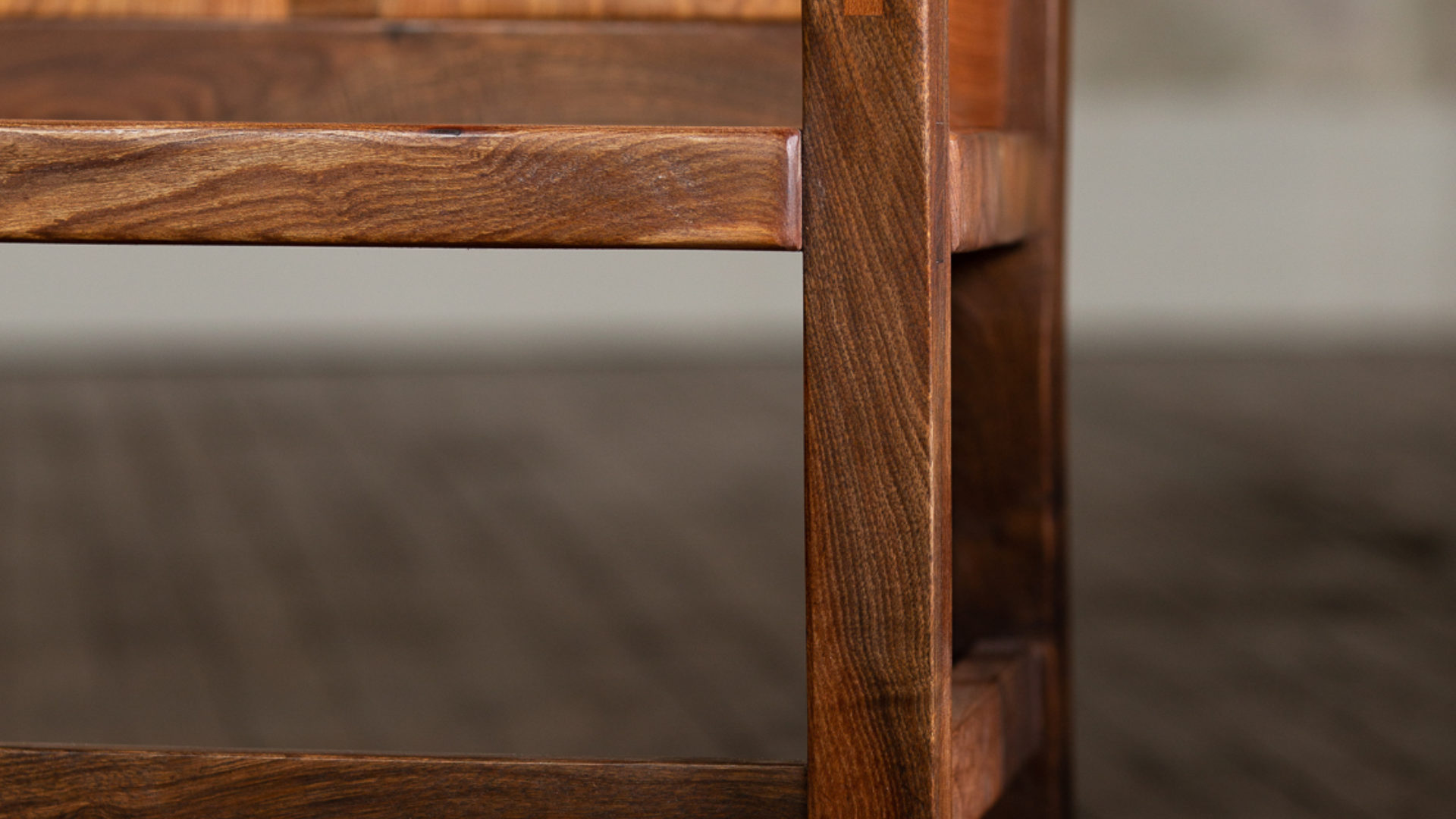
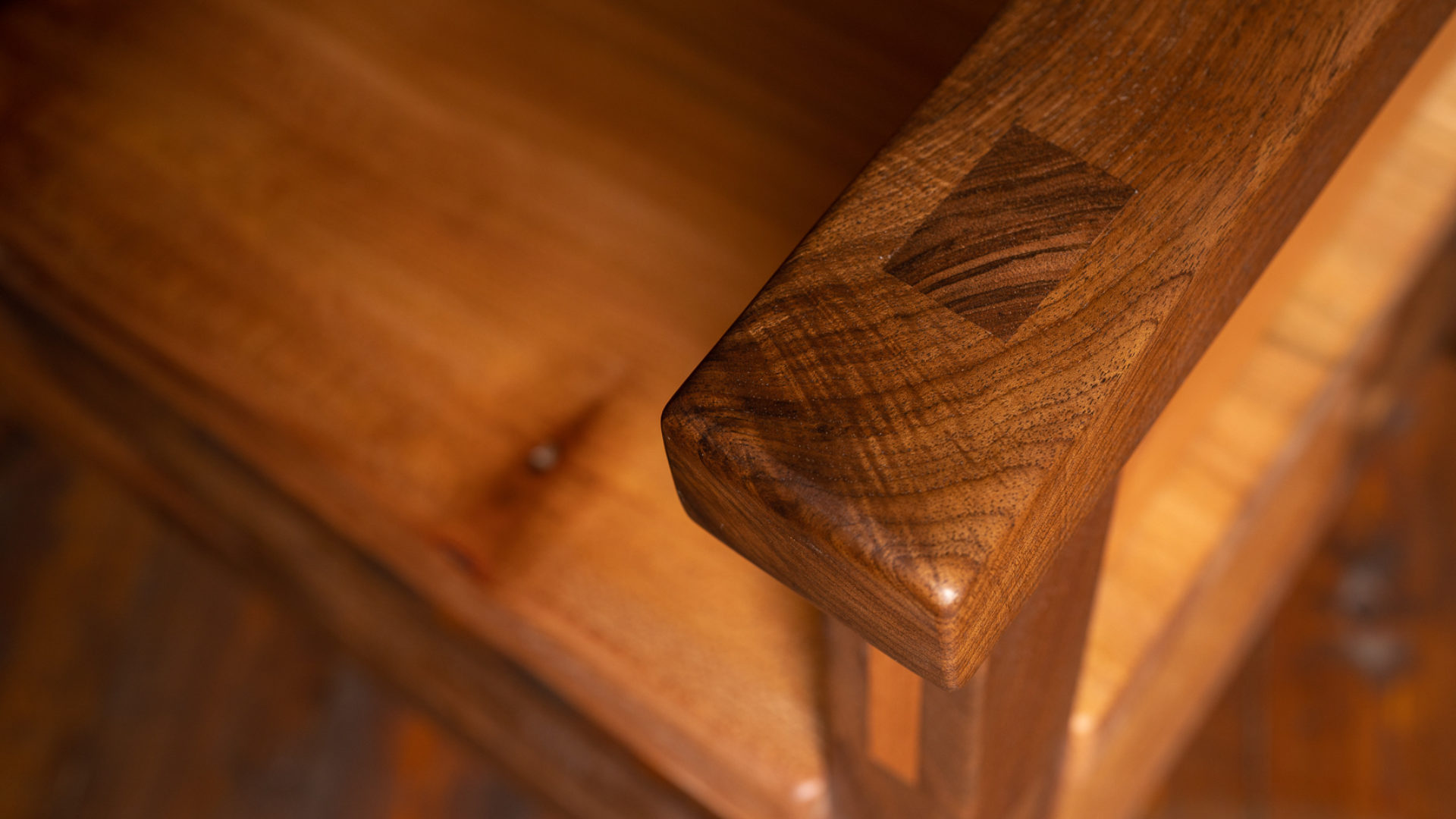
Making furniture in the Cairngorms, we have found the time of COVID to be a help to creativity — with longer to ponder designs and to consider what is important or not. The time has reinforced the importance of the local, in materiality and design, and we have had time to study traditional designs borne of place.
The historical inhabitants of our local area used to be tied here by their work in the land and governed by the seasons. This is an existence alien to the modern age, but for a while at least it has returned through the necessity of lockdown. The furniture of the past seeming relevant once more.
The timber used for the Isolation Chair comes from two sources — a stand of elm from Strathdon in Aberdeenshire that succumbed to Dutch Elm Disease, and a bough from a walnut tree brought down in a storm at Hopetoun House near Edinburgh.
It seems fitting to use dead wood for Adjust/Adapt, to celebrate the 'life after life' that a furniture maker can afford a tree — like memories passed on through families after loved ones are gone.
